Tagged With Reptiles
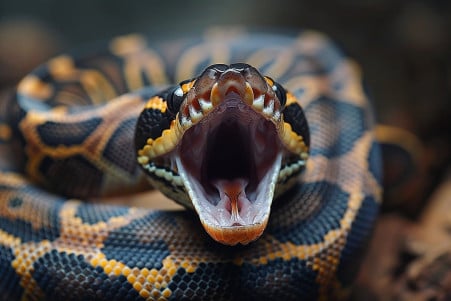
Why Do Snakes Yawn? The Science of Mouth Gaping
4 March 2024
The science behind snake yawns: why it happens and what it means for jaw movement, sensory input, and the digestive system, not tiredness.
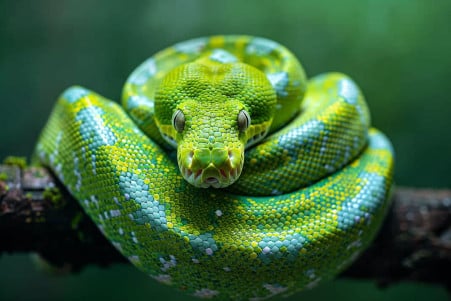
Can Snakes Fart? An Investigation into Reptile Digestion
4 March 2024
The science of snake farts: why they are so rare and what they tell us about the gut microbiome, metabolism, and potential health problems or adaptations.
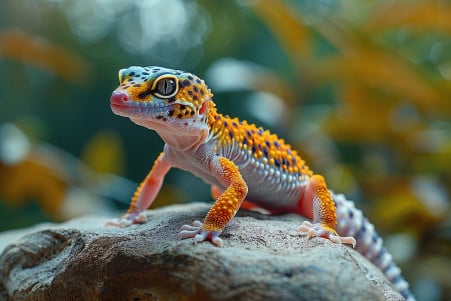
Leopard Gecko Survival: How Long Can They Go Without Food?
2 March 2024
Leopard geckos can go 10–14 days without eating thanks to fat stored in their tails, but it's important to make sure they eat regularly for their health.
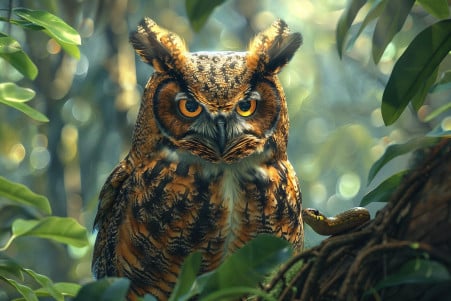
What Do Owls Eat? A Look at the Hunting Behavior of Owls
29 February 2024
Owls eat snakes as part of a complex predator-prey relationship that is impacted by the size of the owl, the environment, and the availability of prey.
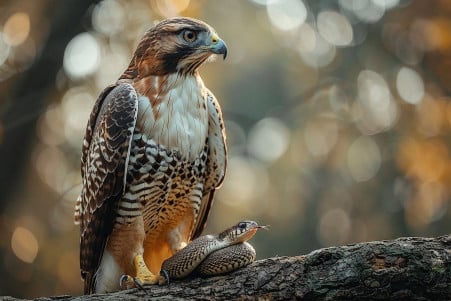
Do Hawks Eat Snakes? A Look into Their Predatory Diet
28 February 2024
Hawks eat both poisonous and non-venomous snakes, which has led to changes in ecosystems and the evolution of snakes.

Do Snakes eat Frogs? The Predator-Prey Relationship with Frogs
23 February 2024
Diet of the frog-eating snake, ecological implications, frog adaptations, and snake foraging behavior.
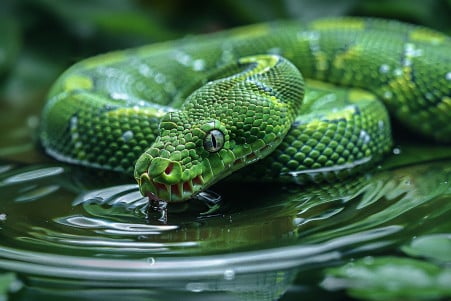
How Do Snakes Drink Water? The Mystery of Their Hydration
23 February 2024
How snakes use their mouths to drink like a sponge, how they've evolved to live in a variety of habitats, and why water is so important to them.
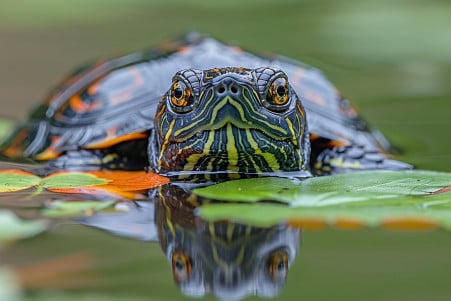
Can Box Turtles Swim? What You Need to Know About Their Aquatic Habits
21 February 2024
Box turtles are able to swim, but they are not built for fast-moving or deep water. Swimming is a way for them to cool off and get a drink in shallow water.
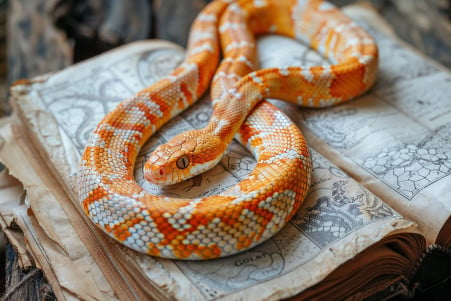
Did Snakes Have Legs? Tracing Their Evolutionary History
21 February 2024
Snakes are the result of evolution from animals with legs, and they have vestigial limbs and genetic mutations, including in the Sonic hedgehog gene.
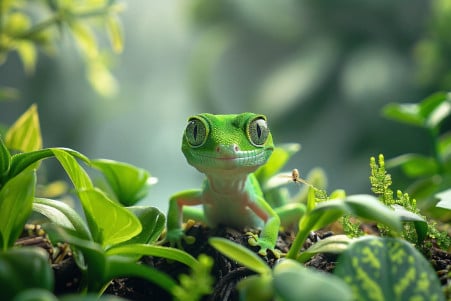
What Do Baby Lizards Eat? Insights into Their Diet and Care
18 February 2024
Baby lizards have different dietary requirements depending on the species, so make sure you know what kind of insects, plants, or supplements your lizard needs to grow up big and strong.

Do Alligators Eat Turtles? Insights from Ecological Research
18 February 2024
While alligators eat turtles and their hard shells with their strong teeth, turtles have ways of protecting themselves from predators.
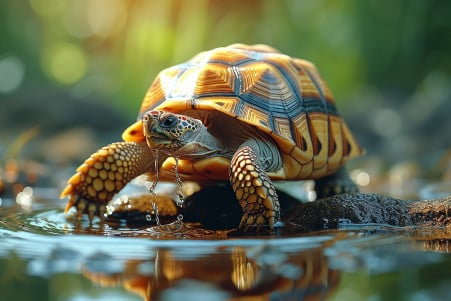
Do Tortoises Swim? Investigating Terrestrial Adaptations and Aquatic Constraints
10 February 2024
Tortoises are not built for swimming because of their shells and the way their legs are positioned, so they need shallow water to drink from, not to swim in.